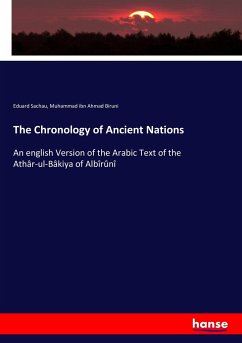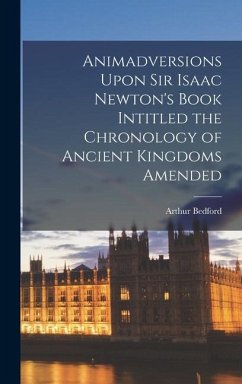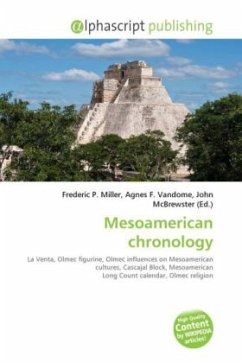
Chronology of the Ancient Near East
Versandkostenfrei!
Versandfertig in 6-10 Tagen
30,99 €
inkl. MwSt.

PAYBACK Punkte
15 °P sammeln!
High Quality Content by WIKIPEDIA articles! The chronology of the Ancient Near East is a framework of dates for various events, rulers and dynasties of the 3rd and 2nd millennia BC.The following periods need to be distinguished:Early Bronze Age: A series of rulers and dynasties whose existence is based mostly on the Sumerian King List besides some that are attested epigraphically (e.g. En-me-barage-si). No absolute dates within a certainty better than a century can be assigned to this period.Middle to Late Bronze Age: Beginning with the Akkadian Empire around 2300 BC, the chronological evidenc...
High Quality Content by WIKIPEDIA articles! The chronology of the Ancient Near East is a framework of dates for various events, rulers and dynasties of the 3rd and 2nd millennia BC.The following periods need to be distinguished:Early Bronze Age: A series of rulers and dynasties whose existence is based mostly on the Sumerian King List besides some that are attested epigraphically (e.g. En-me-barage-si). No absolute dates within a certainty better than a century can be assigned to this period.Middle to Late Bronze Age: Beginning with the Akkadian Empire around 2300 BC, the chronological evidence becomes internally more consistent. Essentially, for this period, a good picture can be drawn of who succeeded whom, and synchronisms between Mesopotamia, the Levant and the more robust chronology of Ancient Egypt can be established. The assignment of absolute dates is a matter of dispute; the conventional middle chronology fixes the sack of Babylon at 1595 BC while the short chronology fixes it at 1531 BC.












